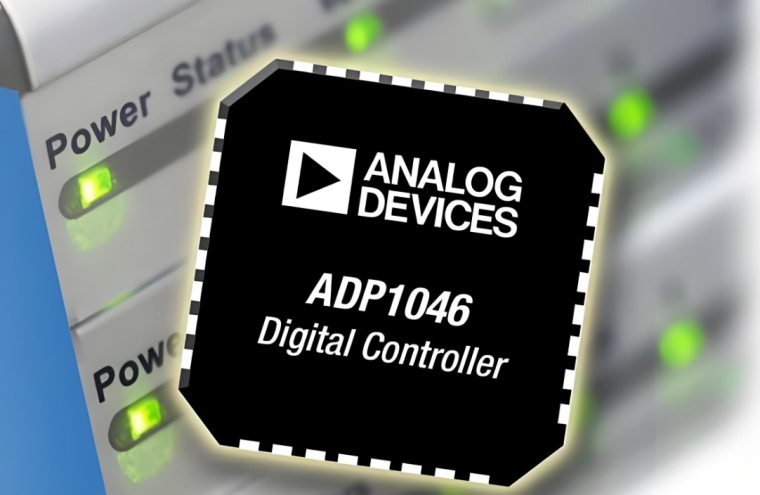**ADV7123JSTZ330: A Comprehensive Guide to the Triple 330 MHz DAC for High-Resolution Video Applications**
In the realm of high-resolution digital video, the conversion of pristine digital signals into robust, high-fidelity analog outputs is a critical process. At the heart of this conversion lies the digital-to-analog converter (DAC), a component whose performance directly dictates image quality. The **ADV7123JSTZ330** from Analog Devices stands as a pinnacle of this technology, a **triple 330 MHz DAC** engineered specifically to meet the demanding requirements of professional and high-end video applications.
This device integrates three high-speed, 10-bit video DACs onto a single monolithic CMOS chip. Each DAC is paired with a dedicated high-impedance, analog output current source, allowing it to drive a standard 37.5Ω, double-terminated video load directly. The **330 MHz maximum sampling rate** is a key specification, enabling the ADV71233 to support exceptionally high pixel clocks and thus very high display resolutions. This makes it an ideal solution for formats ranging from UXGA (1600x1200) and beyond, including HDTV (1080p and higher) and various digital television standards.

The operational principle of the ADV7123JSTZ330 is straightforward yet powerful. It receives digital video data—typically representing red, green, and blue (RGB) components—through three separate 10-bit input ports. This data is latched and then converted by the respective DACs into analog current signals. A critical feature is its **separate analog and digital power supply inputs (3.3V)**, which allow designers to isolate the noisy digital supply from the sensitive analog circuitry, drastically reducing noise and improving signal integrity. The outputs are designed to be compliant with various video standards, and the device incorporates additional control pins for blanking and sync functions, providing flexibility for complex video timing requirements.
A primary advantage of the ADV7123 is its **exceptional stability and minimal glitch energy**. Glitches—short-lived transient errors during major code transitions—can introduce visible artifacts in the video output. The ADV7123's advanced architecture is designed to minimize these glitches, ensuring a clean, stable, and accurate analog signal that faithfully represents the original digital source. Furthermore, its **low power consumption** in a compact 48-lead LQFP package makes it suitable for space-constrained and power-sensitive applications, from high-end graphics cards and video capture systems to medical imaging displays and broadcast equipment.
Designing with the ADV7123JSTZ330 requires careful attention to PCB layout and power supply decoupling to achieve its rated performance. High-frequency design practices are mandatory: use a solid ground plane, place decoupling capacitors as close as possible to the power supply pins, and keep analog and digital traces well-separated. Proper termination of the output signals is also crucial to prevent signal reflections that can degrade video quality.
**ICGOODFIND**: The ADV7123JSTZ330 remains a benchmark in the video DAC market, offering a robust, integrated solution for generating high-resolution analog video. Its combination of high speed, excellent performance, and integration makes it a **go-to component for engineers demanding professional-grade video output quality**.
**Keywords**: High-Speed DAC, Video Digital-to-Analog Converter, High-Resolution Video, 330 MHz Sampling Rate, Analog Video Output.
